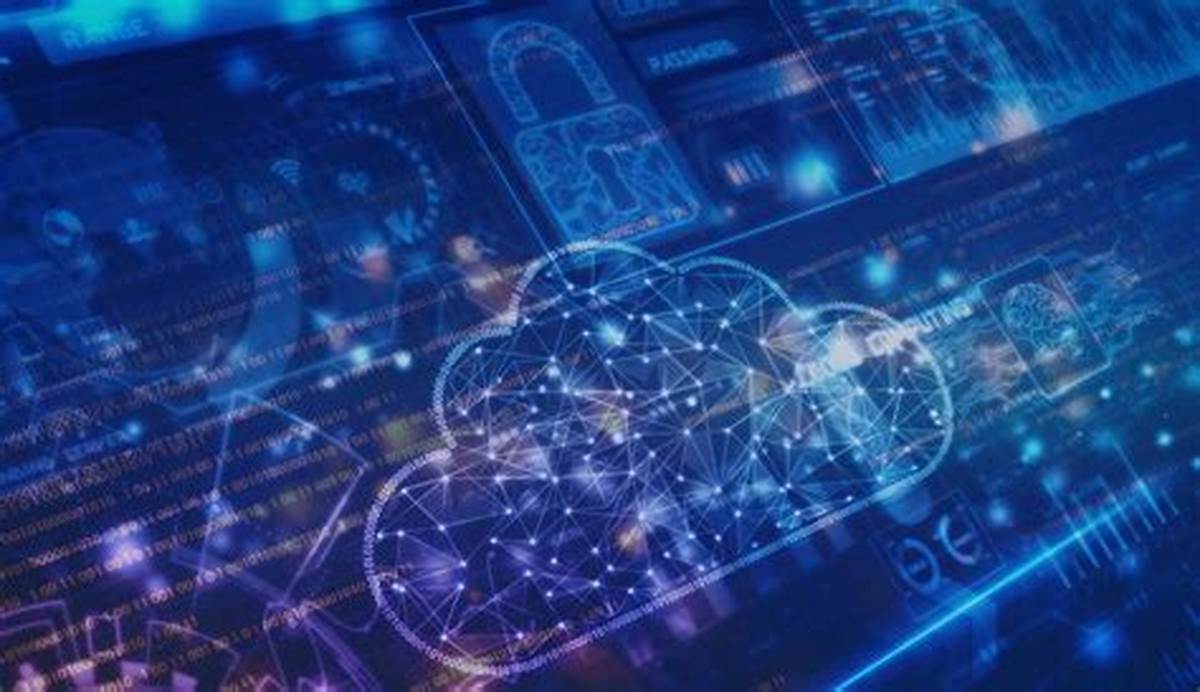Top Technology Trends Shaping 2024: What’s Ahead in Tech?
Technology is evolving at an unprecedented pace, reshaping industries and redefining how we live, work, and interact. As we look ahead to 2024, several key technology trends are set to dominate the landscape, each bringing unique opportunities and challenges. This article delves into the top technology trends shaping 2024, offering insights into how these innovations are transforming our world. The Rise of Artificial Intelligence (AI) AI’s Growing Influence Artificial Intelligence (AI) continues to be a game-changer in the tech world, with 2024 poised to be a landmark year for its integration into everyday applications. AI is becoming increasingly sophisticated, driven by advancements in machine learning, natural language processing, and deep learning. Automation of Routine Tasks One of the most significant impacts of AI is its ability to automate routine tasks that were once manual. From customer service interactions to data analysis, AI is freeing up human resources for more complex, strategic work. This automation is not only increasing efficiency but also transforming entire industries. Predictive Analytics and Decision-Making AI’s ability to analyze vast amounts of data and identify patterns is revolutionizing industries like healthcare, finance, and marketing. Predictive analytics allows organizations to make data-driven decisions with unprecedented accuracy, improving outcomes and driving innovation. Ethical Considerations in AI As AI becomes more sophisticated, ethical questions around bias, privacy, and accountability come to the forefront. The power of AI must be balanced with responsible use, ensuring that it serves society’s best interests. In 2024, expect to see more discussions and regulations aimed at addressing these concerns. 5G Connectivity and Beyond The Promise of 5G The rollout of 5G networks is gaining momentum in 2024, promising faster internet speeds, lower latency, and improved connectivity. This technology is not only transforming how we communicate but also enabling new applications across various industries. Enhanced Mobile Experiences 5G is set to enhance mobile experiences for consumers, allowing for seamless streaming, faster downloads, and more reliable connections. Whether it’s gaming, video conferencing, or browsing, 5G is expected to redefine what’s possible on mobile devices. IoT Expansion and Smart Cities The increased bandwidth and reduced latency of 5G pave the way for more connected devices, driving the expansion of the Internet of Things (IoT). From smart homes to industrial IoT applications, 5G will enable more devices to communicate with each other, leading to smarter cities and more efficient systems. Infrastructure Challenges and Environmental Impact Despite the benefits, the rollout of 5G requires significant infrastructure development, raising questions about environmental impact and equitable access. Ensuring that 5G is accessible to all and implemented sustainably will be key challenges in the coming years. Cloud Computing Evolution The Changing Landscape of Cloud Computing Cloud computing has revolutionized how businesses operate, offering scalability, flexibility, and cost-efficiency. In 2024, cloud technology continues to evolve, with new trends and approaches reshaping the industry. Multi-Cloud and Hybrid Cloud Strategies Businesses are increasingly adopting multi-cloud and hybrid cloud strategies to avoid vendor lock-in and improve resilience. By leveraging multiple cloud platforms, organizations can optimize performance, reduce costs,










